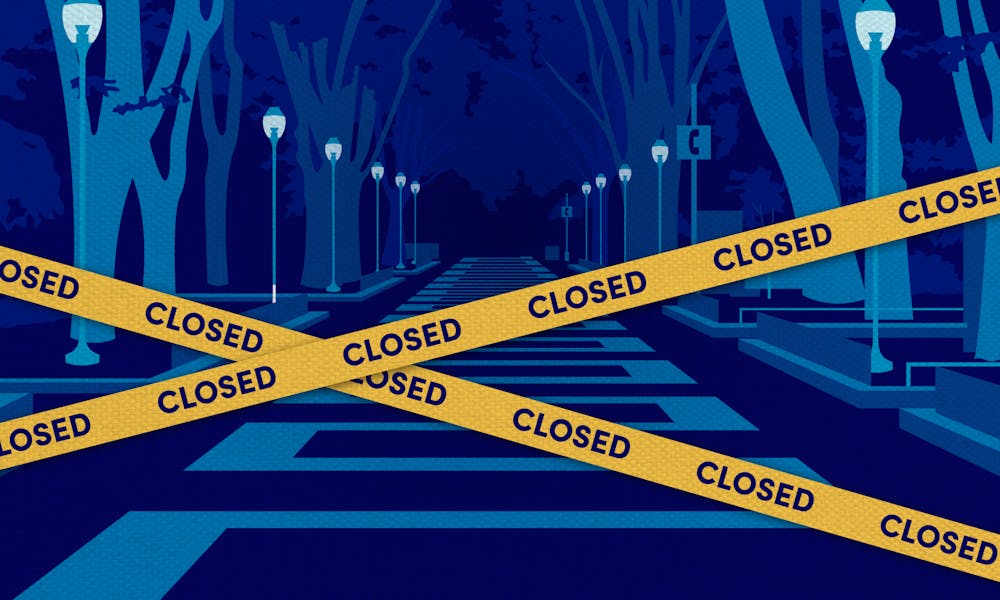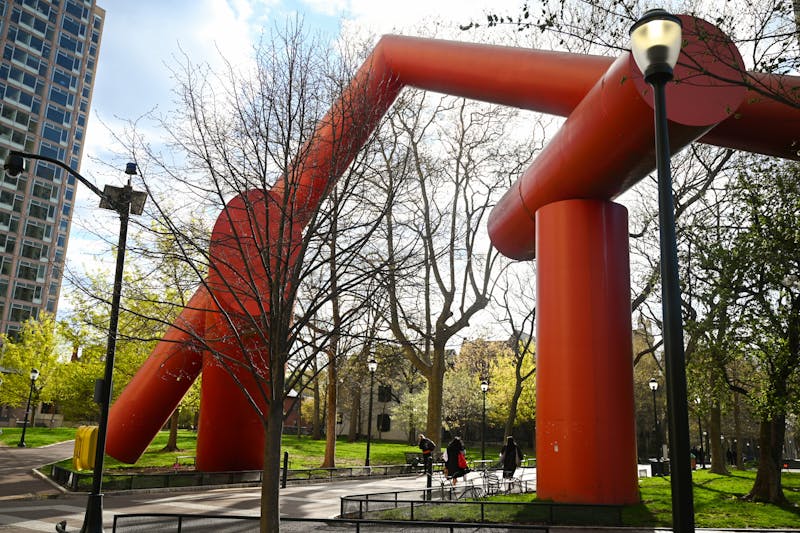
Since Penn announced its decision to pursue a hybrid model for the upcoming semester, students are trying to decide whether or not to return to campus this fall. With COVID-19 cases on the rise in Philadelphia and elsewhere, it is not unlikely that quarantine restrictions will be reinstated and University operations will need to be adjusted. The University’s June 25 announcement of the hybrid model acknowledges that “some plans could change, depending upon the progression of the virus and/or applicable state and local government guidance,” and Chief Wellness Officer Benoit Dubé reaffirmed that the University’s plan to bring students back to campus is “not immutable.”
Given this uncertainty, Penn needs to be clear about which criteria it will use to reassess the viability of its hybrid model leading up to and beyond the start of the fall semester.
Students are currently deciding whether to live close to campus or complete the fall semester remotely. After the end of July, those with University-sponsored housing agreements may need to pay a cancellation fee if they wish to back out. Those hoping for off-campus housing must look quickly to find available options, if any, in their price range. At the moment, students are trying to weigh health risks and uncertainty with consideration for the advantages of life on campus, including in-person classes. But without information on the criteria Penn will use to reassess its hybrid plan, it is hard for students to make informed decisions.
When the University first closed campus in March, many students were left stranded. A repeat of that abrupt closure would have similar consequences. At the time, those living in College Houses were initially given just four days to move out. While the deadline to leave was eventually extended, some students still had no place to go, including those with travel restrictions to their home countries. Most students who petitioned to stay on campus, citing financial, international, and personal reasons, were not permitted to stay, and they were given no formal means of appeal. Even among students who could return home, many had to buy expensive plane tickets at short notice. This time around, students should know more about how a decision to close would be made, so they can decide for themselves whether to risk these uncertainties. With ICE’s recent policy requiring international students to take in-person classes or leave the country, these risks include not only eviction and short-notice flights, but possible deportation for some students if Penn switches to online-only instruction.
Transparency from the University about how Penn's fall plan could change will also help restore the eroded trust between students and the administration. After the chaotic transition in March, some students felt distrustful of the University due to a number of misleading announcements and policy reversals. While Penn cannot know how the virus will progress and cannot control how Pennsylvania and Philadelphia will respond, sharing the process for reassessing the hybrid model will prevent students from being blindsided again if Penn does make changes.
As students decide where they will live and how they will learn next semester, they should know all the facts and understand Penn's decision-making criteria. While there are many uncertainties about what the fall will bring, Penn’s criteria for reassessing the hybrid model does not have to be one.
Editorials represent the majority view of members of The Daily Pennsylvanian, Inc. Editorial Board, which meets regularly to discuss issues relevant to Penn's campus. Participants in these meetings are not involved in the reporting of articles on related topics.
Have opinions of your own you would like to share? Submit a guest column.
The Daily Pennsylvanian is an independent, student-run newspaper. Please consider making a donation to support the coverage that shapes the University. Your generosity ensures a future of strong journalism at Penn.
Donate







